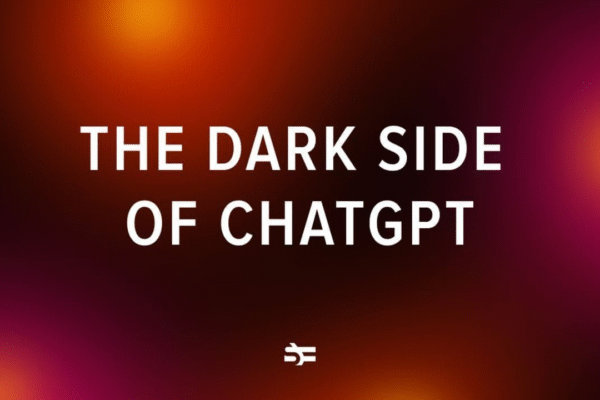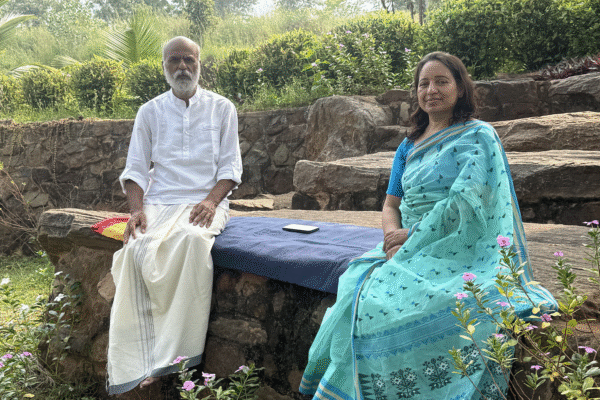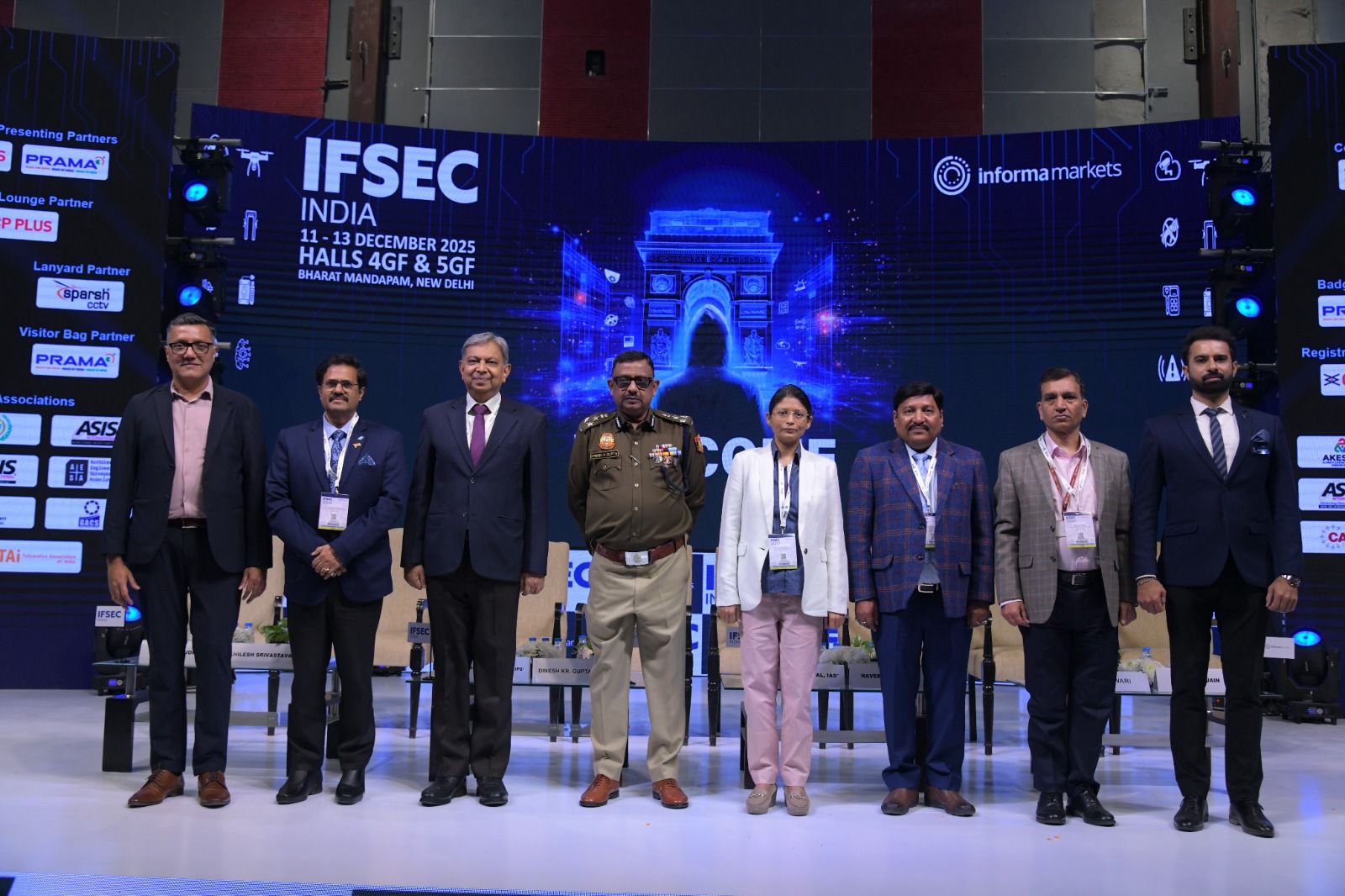

Tejas Crash at Dubai Air Show: Safety Questions That Demand Answers
The Tejas crash at the Dubai Air Show shocked both India and the international community. The incident ended the life of a skilled Indian Air Force pilot during a high-speed aerobatic display. Flames and thick smoke rose over Al Maktoum International Airport. Families who came to enjoy the show ran in fear as the jet exploded. The moment of excitement turned into a wave of panic. Back in India, the discussion has now shifted toward hard questions about safety, readiness, and the system behind Tejas.
The Tejas fighter jet represents India’s ambition. It reflects the drive to build and fly indigenous aircraft with pride. Yet the pride now competes with concern. The crash forces experts, officials, and the public to rethink the entire approach toward training and testing.
Training Under Pressure: Did Ambition Outrun Preparation?
Wing Commander Namansh Syal attempted a sharp negative-G maneuver. The jet failed to recover. The crash took place before he could escape. It was a heartbreaking moment where split-second timing meant everything.
Air shows demand perfection. Pilots perform dramatic turns at very low altitudes. They react faster than the human mind can process. One tiny error or delay can destroy lives. This reality has started a tough conversation. Many ask whether the pilot received enough training for this specific display. The Indian Air Force has presented Tejas as the future backbone of its fleet. The government promotes the aircraft in the export market as well. With every new demonstration, the pressure to impress has increased. More shows. Tighter timelines. Higher expectations.
The question that worries experts is simple. Did the desire to showcase Tejas grow faster than the system’s ability to ensure complete safety? The tragedy demands a clear and honest review.
Engineering Faith: Can Tejas Prove Itself Every Time?
Tejas stands on decades of research, failures, improvements, and national investment. Engineers shaped it as a symbol of India’s scientific strength. Test pilots risked their lives to bring it into service. Even so, confidence takes years to build and seconds to collapse. This is the second major Tejas crash since the accident near Jaisalmer. Concerns about engine response and flight control systems have resurfaced.
A frontline fighter jet must prove reliability. It has to work in all environments. It has to protect the pilot every single time. Nations trust their fighter jets with national security. One crash can weaken that trust. Air shows aim to inspire confidence. This time, the results pushed confidence downward.
The investigation team now faces a huge task. They must explain what failed and why. They must reveal how the aircraft behaved during the maneuver. They must identify whether the urgency to perform changed the routine checks that keep pilots safe. India and potential international buyers expect clear answers. Without clarity, hesitation grows.
Moving Forward: Lessons Written in Courage
India is mourning a brave pilot today. His courage deserves more than emotional speeches. The system must ask itself whether it protected the man who trusted the machine. It must confront the risk of pushing performance before preparation. It must choose reforms over reputational defense.
Tejas still has a place in India’s future. It still carries the dream of a self-reliant aerospace force. But national pride must walk hand-in-hand with responsibility. A fighter jet is powerful only when its pilot feels safe in the cockpit. The crash reminds India that progress must always respect caution. Pride must never fly ahead of safety.
Tejas will rise again. But before the next takeoff, the country must answer every question raised by this loss. Because the sky accepts only the truth — and only the truth keeps pilots alive.

NewsHasghag operates a 24/7 news bureau that tracks the real-time, social media-driven stories from India and around the world, keeping you ahead of the day’s key talking points. Our digital-first approach transforms storytelling through the seamless integration of data, interactive charts, video, and audio into every narrative.









